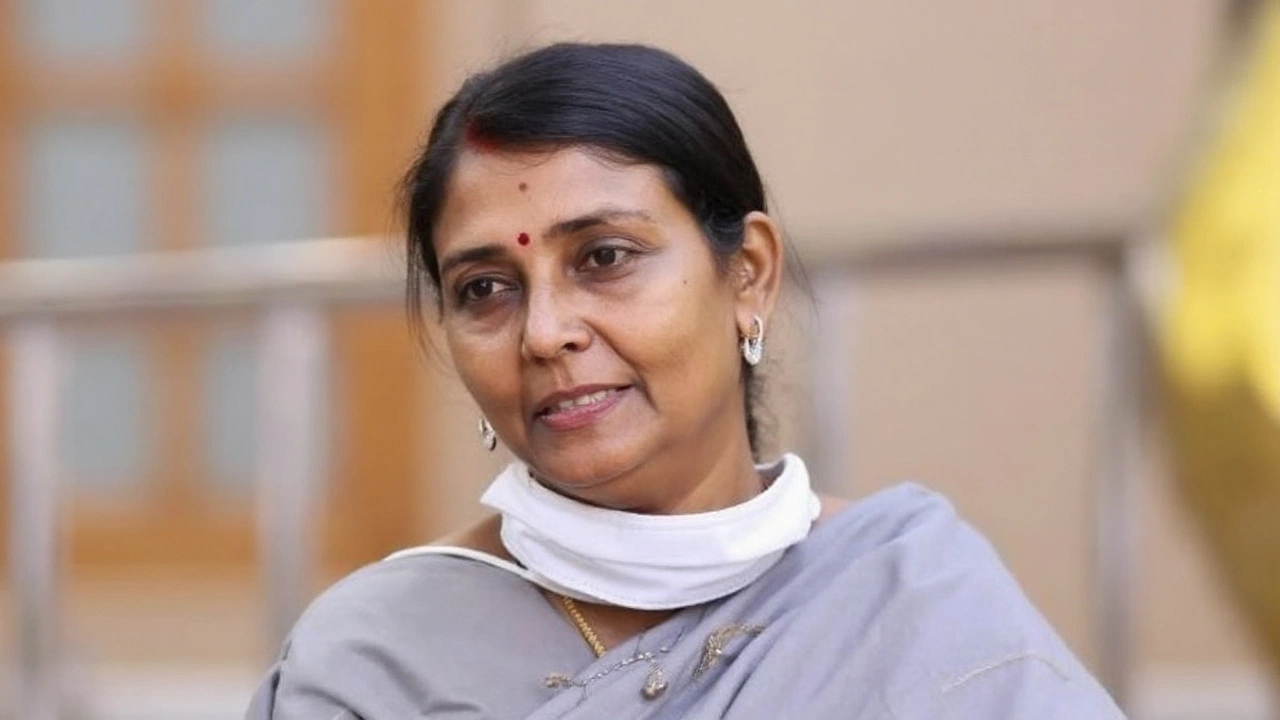Brain Tumor: Simple Guide to What It Is, How to Spot It, and What Can Be Done
If you’ve heard the term "brain tumor" and felt a knot in your stomach, you’re not alone. The word sounds scary, but understanding the basics can make it less intimidating. A brain tumor is any abnormal growth of cells inside the skull. Some are cancerous (malignant) and grow fast, while others are benign and may stay the same size for years.
Most brain tumors start from cells that belong in the brain, but a few travel from other parts of the body. When they grow, they press on surrounding tissue, change how the brain works, and cause symptoms. The key is to notice those signs early and get checked out.
Common Signs You Shouldn't Ignore
Everyone experiences headaches now and then, but a headache that’s new, worse in the morning, or gets worse with coughing could be a warning sign. Other red flags include:
- Unexplained seizures, especially if you’ve never had one before.
- Sudden trouble with vision – blurry spots, double vision, or loss of part of your sight.
- Weakness or numbness on one side of the body, making it hard to lift a hand or walk.
- Changes in speech or difficulty finding words.
- Memory problems that feel out of the ordinary for your age.
If any of these show up, call your doctor. Early diagnosis often leads to better outcomes.
How Doctors Find a Brain Tumor
The first step is a clinical exam. Your doctor will ask about your symptoms, check your reflexes, and test balance and coordination. If they suspect a tumor, imaging tests come next. A CT scan gives a quick picture of the brain, while an MRI provides a more detailed view of soft tissue.
Sometimes, doctors need a tissue sample to know exactly what they’re dealing with. This is called a biopsy and can be done during surgery or with a needle guided by imaging. The lab looks at the cells under a microscope and tells whether the tumor is benign or malignant, and what type it is.
Once the type and location are known, the treatment plan is built. Options include surgery, radiation, chemotherapy, or a combination.
Treatment Paths Explained
Surgery aims to remove as much of the tumor as safely possible. Advances in microsurgery and navigation tools let surgeons target tumors with minimal damage to healthy brain tissue.
Radiation therapy uses high‑energy beams to kill tumor cells. Techniques like stereotactic radiosurgery deliver focused doses in a few sessions, which can be easier on patients.
Chemotherapy involves drugs that travel through the bloodstream to attack cancer cells. Not all brain tumors respond to chemo, but for some, especially aggressive ones, it’s a vital part of care.
After treatment, regular follow‑ups with MRI scans track any changes. Rehabilitation services—physical therapy, speech therapy, occupational therapy—help people regain function and quality of life.
Living with a brain tumor diagnosis can feel overwhelming, but a clear plan and a supportive medical team make a big difference. Stay informed, ask questions, and don’t hesitate to reach out for help when you need it.

Tamil Nadu IAS Officer Beela Venkatesan, COVID‑19 Hero, Dies at 56 after Brain Tumor Battle
Beela Venkatesan, the IAS officer who became the face of Tamil Nadu's COVID‑19 response, died on September 24, 2025, at 56 after a long fight with a brain tumor. Born into a politically active family, she shifted from medicine to the civil services in 1997 and held key posts in health, energy and taxation. Her calm daily briefings during the pandemic earned her statewide respect. As Health Secretary she launched digital health reforms and cut dengue cases dramatically. Leaders across the political spectrum mourned her, calling her a compassionate, competent public servant.
Categories
- Social Issues in India (3)
- Sports (3)
- Business & Markets (2)
- Weather & Climate (2)
- History and Politics (1)
- Quick and Easy Indian Breakfast Recipes (1)
- Food and Culture (1)
- Road Safety & Transportation (1)
- Cultural Experiences/Travel & Living Abroad (1)
- Technology Reviews (1)
Popular Articles

Is it safe to eat Indian food left out overnight?
Jan, 27 2023

